2022 was a great year for Asian short films (and mid-length for that matter) with a number of creators choosing the medium in order to both deal with the financial difficulties the pandemic caused and to have a medium that allows more creative freedom, with the two actually being directly connected. As such, we decided to have a list on short films for the first time on Asian Movie Pulse, in order to highlight this rather neglected (by audiences at least) part of the industry, but also to showcase that brilliance knows no duration.
Without further ado, here are the best Asian short films of 2022, in random order. Some films may have premiered in 2021, but since they mostly circulated in 2022, we decided to include them.
1. The Flight of Banog (Elvert Banares, Philippines)

The first thing to note about “The Flight of Banog” is just how kinetic the short film is. From the moment Amang Baoy begins to chant part of the Suguidanon Epic, there's an energy that takes over the film and flows through everything, from the editing to the camerawork. We zip through the air and fly across fields as we're frantically introduced to a cast of colourful mythic characters, each more striking than the last. Baoy's chanting may be an unfamiliar form of storytelling to many, so accompanying his words with such engaging visuals is an excellent choice. (Tom Wilmot)
2. But It Did Happen (Yuichi Suita, Japan)
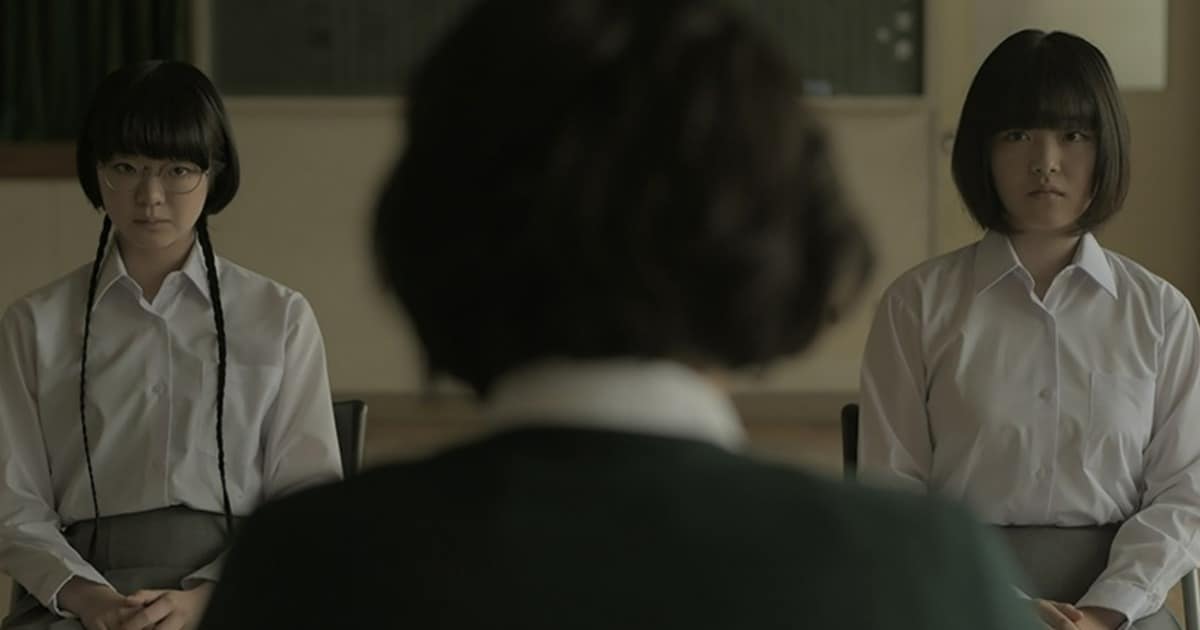
Yuichi Suita's direction is utterly meticulous, with each of the frames being perfectly constructed, lighted, colored (mostly in pastel colors), acted and shot, in a way that shows his intense attention to detail. The result is exquisite, both in terms of visuals, but also in terms of context, with the way he has chose to make his comments being ingenious, in a style that is equally laconic, measured and eloquent. Furthermore, the editing gives an excellent rhythm to the movie, as dictated by the few movements we witness, exclusively deriving from the simultaneous motions of the two girl students.
3. Party Poster (Rishi Chandna, India)
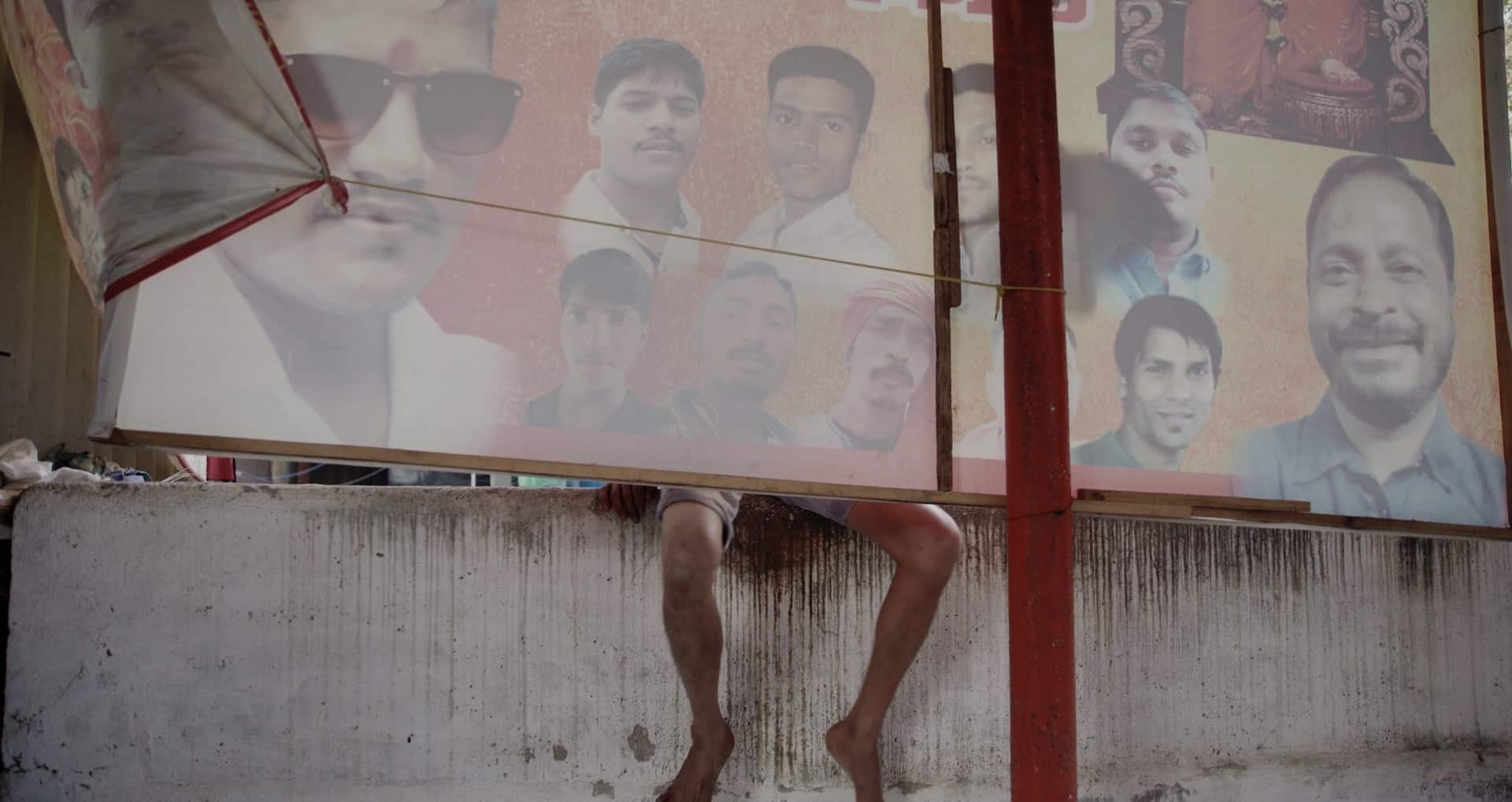
In an approach that reminds much of his previous short, the excellent “Tungrus”, Rishi Chandna presents a film that seems like a documentary in its realism, but at the same time presents a reality so surrealistic, that it might as well be a mockumentary. In that fashion, we watch the three laundrymen, Munna, Rajesh and Prem going about the rather hard labor, which is only interrupted by their plans to create the banner, including a hilarious interaction with the graphic designer, a woman who actually follows the absurd instructions under the “excuse” of the poster also serving a political purpose. Which heads are bigger, how big is the red marking on the forehead and how dark the sunglasses appear are among the instructions, and the result looks as funny and excessive as expected.
4. Further and Further Away (Polen Ly, Cambodia)

The scene where the girl is sleeping while the rain falls intensely emerges as one of the most memorable in the movie, also highlighting the great job done in the sound. The second one that stands out is the one where the sister comes to the brother who is sitting on top of a log in a savanna-like area, with both their feelings about the move being eloquently highlighted. This scene also showcases the acting and the chemistry the two protagonists share, with Bopha Oul as the Sister and Phanny Loem as the Brother giving naturalistic performances in the way they present their antithetical feelings, but also the connection they share.
5. Bird in the Peninsula (Atsushi Wada, Japan)
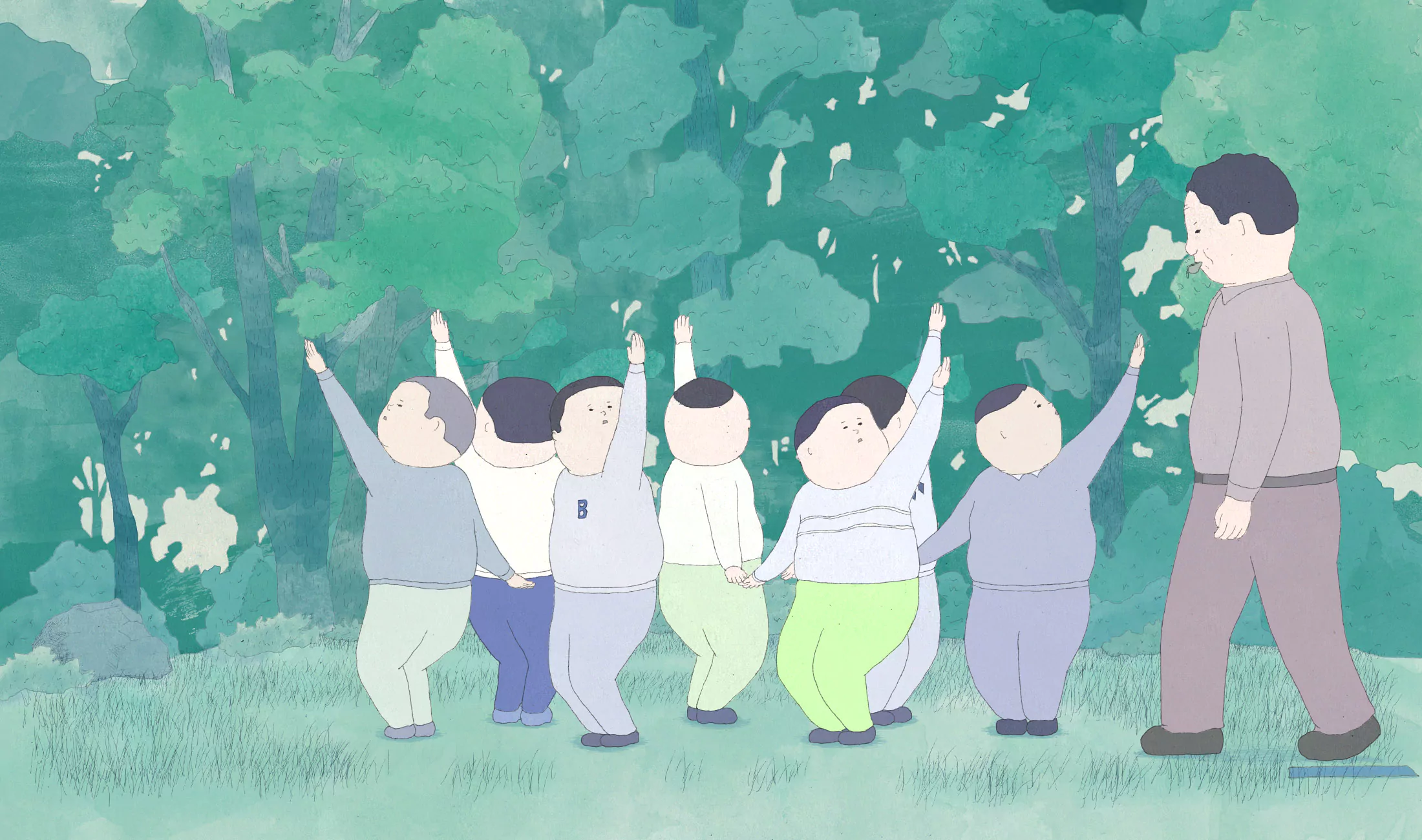
Atsushi Wada directs a slightly experimental, dialogue-less animation short, which presents its numerous comments through metaphors and a somewhat iconoclastic approach. That the world of tradition, and essentially Japan, is “a man's world” is presented eloquently through the concept of the girl, who can only peak on what is happening, but never be part of it. A recurring sequence of her checking inside her pants also seems to suggest the same. The attitude of the teacher seems like an accusation towards educators, with his harsh behavior focusing on a detail, not managing to recognize the other talents of his student, essentially making him a pariah. That the boy seems to be in complete resonance with the fauna and the flora highlights this aspect even more. The machine that energizes the giant man finds its explanation in the finale, but could be perceived as a comment on how technology destroys tradition, although Wada's opinion on the matter is not exactly clear, since the tradition is actually appearing as man-eating concept.
6. Warsha (Dania Bdeir, Lebanon)
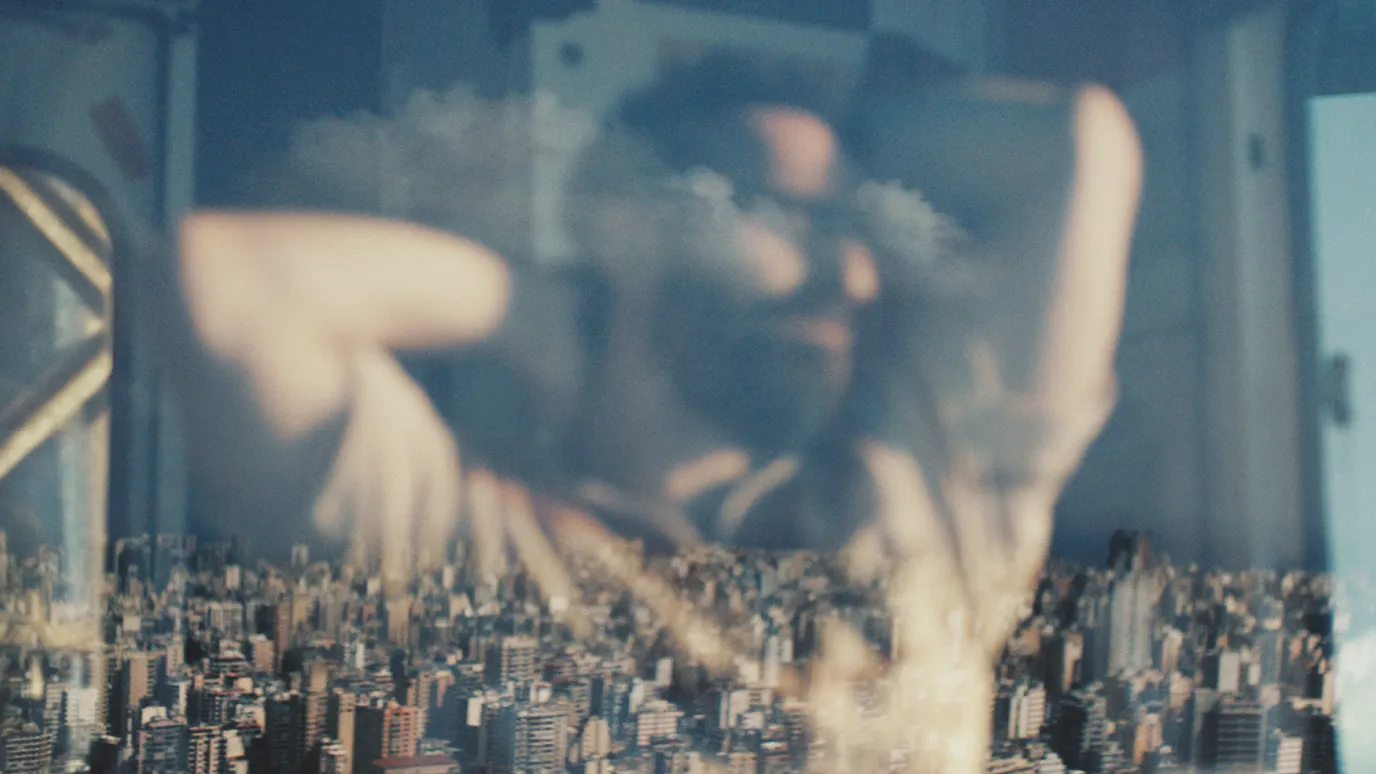
Dania Bdeir directs a very smart 15-minute short, that manages to make a number of realistic but pointy comments about the life of immigrant workers, but also to surprise in the most delightful way. Regarding the first aspect, the way he uses very brief scenes to highlight his remarks, emerges as quite intelligent, with a word or a brief scene here and there being ideal for the particular format. A curse towards the workers as they drive on the street, the initial scene, another worker mentiong the conditions of their work, and a religious scene towards the end are the most memorable samples of this approach, in a fashion that also demands unwavering attention from his viewers. As such, Ali J. Dalloul's editing emerges as one of the best aspects of the short, with the placement of these scenes within the narrative being ideal.
7. Blink in the Desert (Shinobu Soejima, Japan)

Shinobu Shoejima creates a world where tension and grief seem to be the main ingredients, along with a sense that something dangerous is happening, which is also communicated by the excellent score by Marty Hicks and the uncanny sound efffects by Hisako Nakaoka and Nao Tawaratsumida. Understanding that the butterfly incident is actually a flashback and essentially the reason behind the tension of the two creatures, is not exactlly easy but it does happen, essentially giving a whole different hypostasis to the whole film. At the same time, the action itself seems to show that violence can come from everywhere, in this case from disgust, but always has consequences for both recipient and advocate. Lastly, that relief can come from doing exactly the opposite, when the opportunity appears, concludes the context of the short.
8. Takano Intersection (Mizuki Ito, Japan)
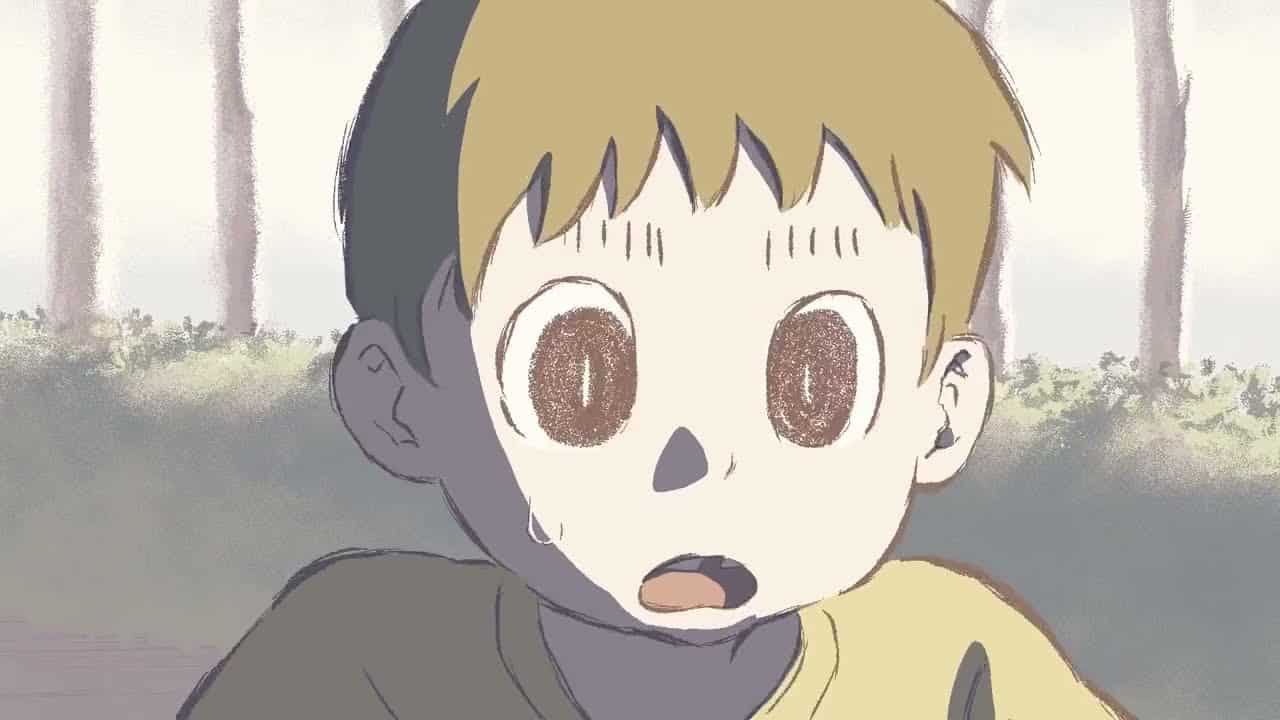
The whole story takes place around in intersection and Mizuki Ito seems to use the location as a metaphor for her protagonists' actions, as they are all in a “crossroad” regarding their decisions. The girl is not sure if she should stop running and go back and apologize, the young man is not sure of if he should go after her for her deed, plus he seems to be at a crossroads regarding his chef job, and the young boy has to choose of if he continues riding the bike or stop now that he is hurt. That the small decisions we take in life essenntiallly define who we are is excellently expressed through this minimal approach, which also presents another comment, regarding the not judging people too quickly.
9. Swallow (Mai Nakanishi, Japan, Taiwan)
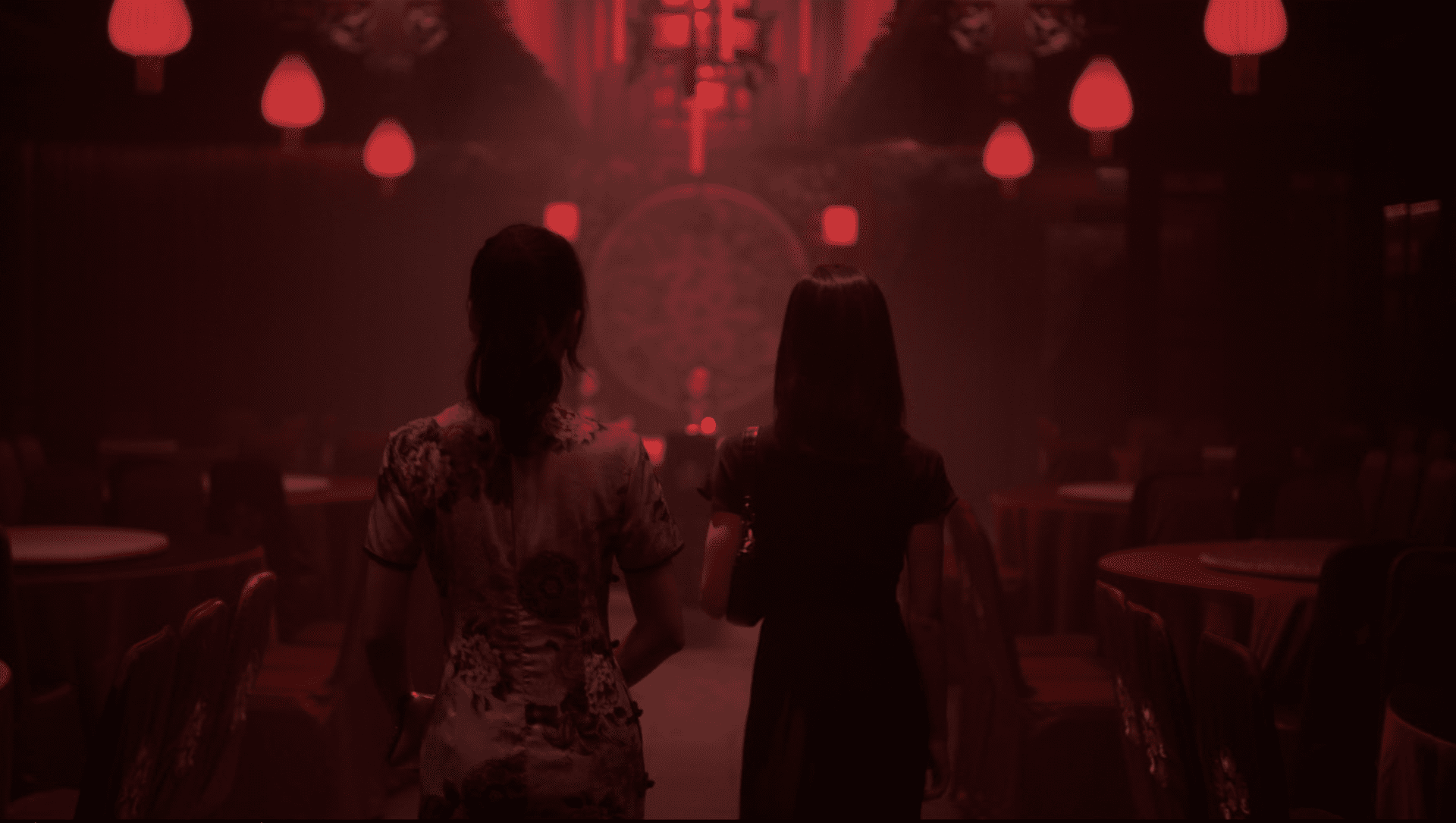
Starting from the beginning, Mai Nakanish frames her thriller excellently, creating a sense of tension that derives from the violin music, the snarky comments of Xue Lan and the mysterious smile of Mimi, who manages to emit danger even if her demeanor seems completely different. Another aspect of the movie, pretentiousness, is also revealed from the start, as exhibited by the wine, the red-polished fingernails of Xue Lan and her overall attitude of snarky politeness, and the gourmet food, an aspect that actually carries on in the second part of the movie. in general, it is easy to say that the job done in the cinematography by Wei Tz-Yang is top notch, with the framing, as exhibited in scenes like the view from the balcony door, the entrance to the restaurant and the very finale, and the coloring, being of the highest level.
10. Moshari (Nuhash Humayun, Bangladesh)

The messages Nuhash Humayun presents in his 22 minute short are many and quite eloquently portrayed, despite the fact that they are mostly communicated through metaphor. There is an ecological message that seems to state that the water issues that have been tormenting Bangladesh will eventually have an impact in the rest of the planet, and particularly the First World, whose countries seems to ignore the issue. At the same time, the director seems to also state that people from countries that have gotten used to live without much, will probably be more able to survive than the luxury-obsessesed citizens of the rich countries.
11. Where Time Stood Still (Mary Grace Liew, Malaysia)
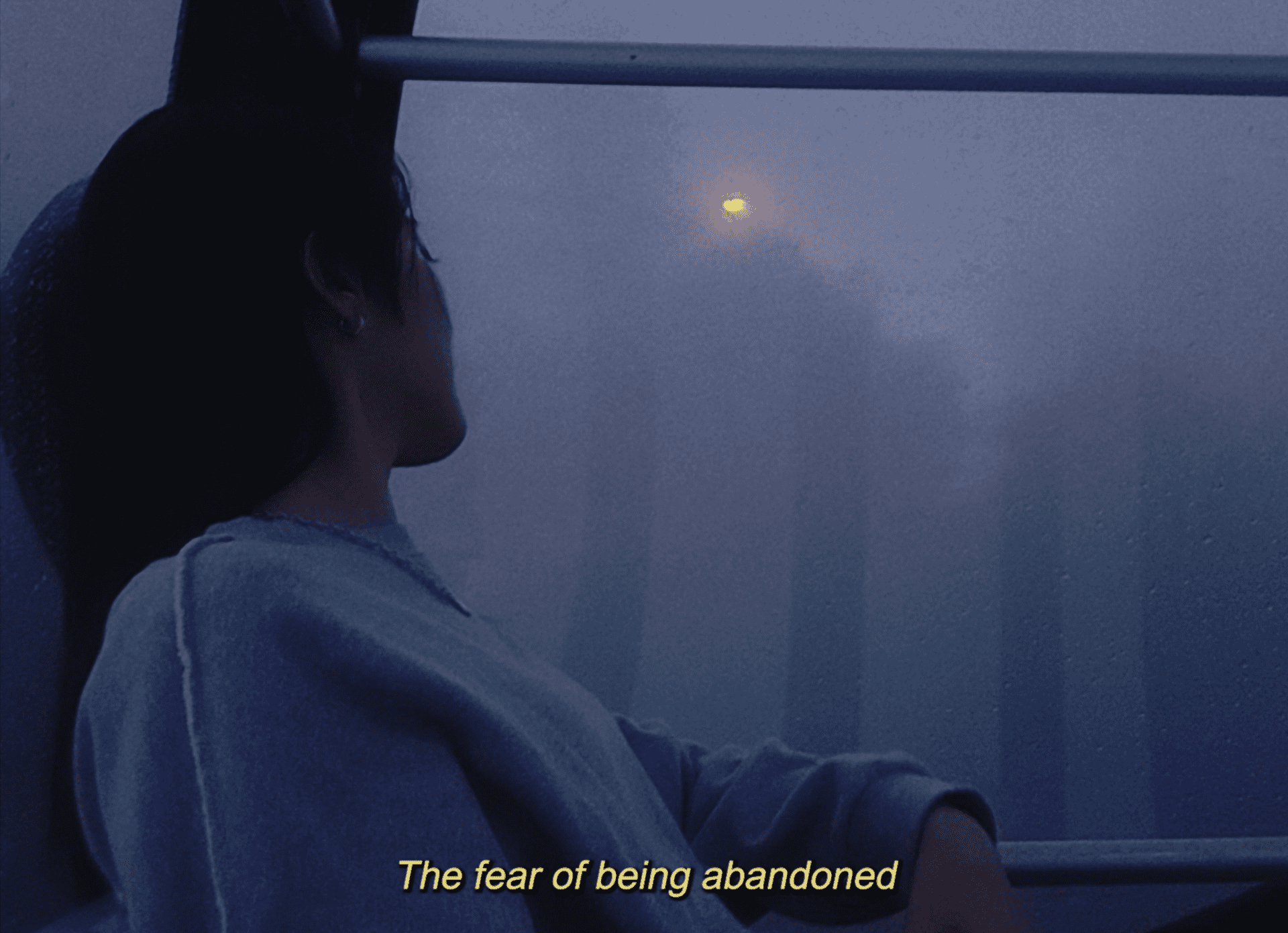
Mary Grace Liew directs a very appealing short, with her audiovisual approach being truly outstanding. DP Eunice Alexander captures the subtle melancholy the protagonist feels through his framing and the variety of images, while frames within frames and a collage of impressive images highlight a prowess that is usually met only in feature films. The combination with the music, and the smooth and warm voices of Janice Low and Chan Teik Quan result in a truly atmospheric short, that manages to invoke a sense of nostalgia even to the viewer who knows nothing about the protagonist or the places depicted in the movie. Audrie Yeo's editing also adds to this atmosphere with the overall pace and the succession of scenes being in perfect resonance with the film's aesthetics.
12. Cycle (Devashish Makhija, India)
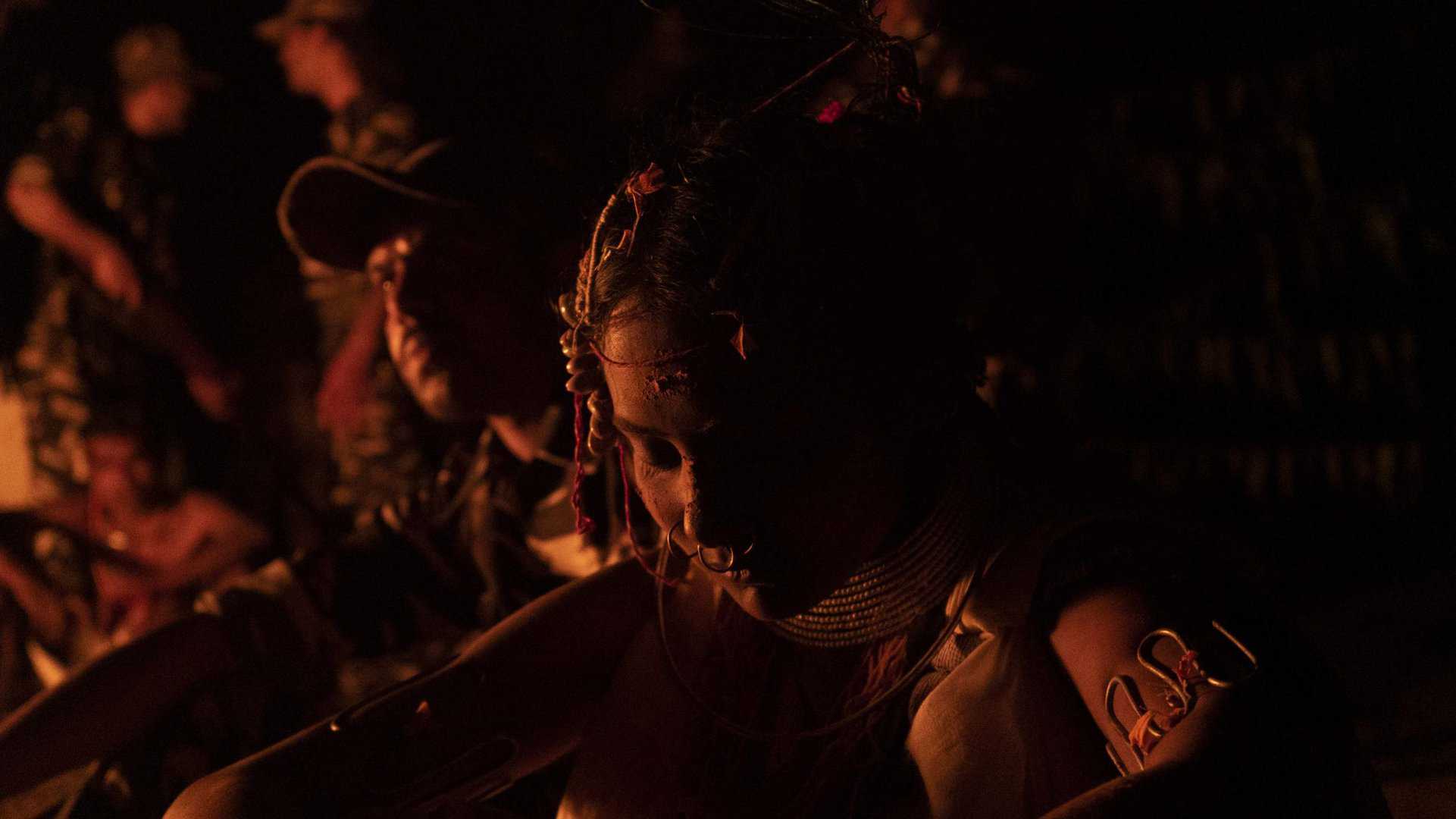
Using violence in order to send an anti-violence message is not exactly an easy thing to do, since hitting the reef of sensualizing such events (as in the case of exploitation movies for example) is quite easy to happen. Devashish Makhija has proven before, however, that he has a knack of using scenes that can only be described as brutal, in order to show where and how violence is created, and thus sending anti-violence messages. And thus he does in “Cycle” also, presenting a comment that states that evil acts are actually symptoms of particular situations, in this case racism against tribal people, and subsequently, revenge, through the consequences of the horrid events depicted in the first segment.
13. Last Screening (Darezhan Omirbayev, Kazakhstan)

Darezhan Omirbayev has a chip on his shoulder, but has managed, once more, to turn it into art, as his accusations (critique if you prefer) about the modern way of life are as multi-leveled as they are omnipresent in his filmography. The way he goes about presenting his comments, though, is truly excellent, with the combination of on-the-nose remarks heard from radios, phones, or the movie in the cinema and more subtle ones, as those highlighted by people watching their phone in silence, working quite nicely for the movie. At the same time, the empty cinema, much like the empty theater in his previous movie “The Poet”, is both a comment regarding arts that are dying due to lack of interest by the masses (poetry and art-house cinema respectively) as much as a sample of his self-deprecating humor, since his movies are definitely part of the second.
14. Dancing Colors (M. Reza Fahriyansyah, Indonesia)

Fahriyansyah directs a film that follows a “blasphemous” approach, as he seems to mock a number of concepts that are considered holy in Islamic societies. The Ustadz and his ways get the biggest share of this mocking, but the director also comments on disidemony, highlighting the fact that there are still people that consider homosexuality an ailment that can be cured, and patriarchy, with the way the father dismisses his wife's pleas and does not even talk to his son regarding his decision about him highlighting the remark quite intensely. (Panos Kotzathanasis)
15. Please Hold the Line (Tan Ce Ding, Malaysian)
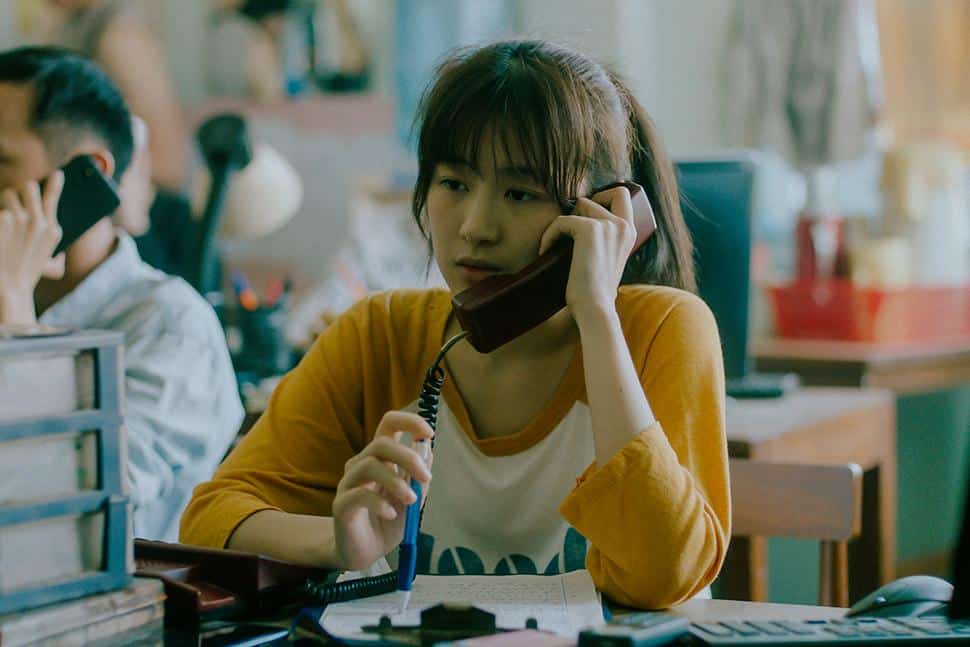
Tan Ce Ding directs a short that provides an answer to the question, “who are the people working in scam calls?”, with his answer being double-fold. On the top of the food chain are people from organized crime, who seem to make millions. Further down, however, are just poor people who cannot find decent jobs or face issues that demand some quick money, with the protagonist obviously belonging to the second category. Through this particular presentation, Tan manages to avoid the reef of taking a moral stance and just highlighting the victims, instead showing a side of the concept very rarely seen on screen, in probably the best trait of the short.
16. Routine (Takuya Mihara, Japan)

Takuya Mihara directs a delightful short, filled with deadpan humor, which derives from both the silent acting of Hachiro and his constant juggling, as much as from the reactions of the people who experience his tendency. Furthermore, the editing, with abrupt cuts, also moves in the same direction, adding even more to this type of humor, which actually carries the short from beginning to end.
17. Visitors (Kenichi Ugana, Japan)

Kenichi Ugana “plays” with two aspects. The first one focuses on hikikomori, with Sota acting like an archetypical one, in a fashion, though, that is the main source of comedy in the short, as his disconnect from what is happening around him is actually hilarious, particularly in way Ugana uses his presence for jump-scares. The second is the survival horror one, with the director building the terror gradually, first solely through sound, and then through both sound and image, as the movie takes a rather bloody, but also absurd and still funny turn.
18. Can You Love Me Most? (Feisal Azizuddin, Malaysia)

Deceptively complex and disturbing, “Can You Love me Most?” tells the story of illegal human trafficking through the eyes of a newborn baby. This results in a film that leaves the conversation open-ended about the morality of the process, in a way that leads to some fascinating tangents in its brief runtime of 17 minutes. In addition, it shows the complexity of the situation by touching on social pressure to have kids, along with the prejudice against interracial couples that put Daniel and Mia in a peculiar status as a married couple. (Adam Symchuk)
19. A Matter of Time (2021) by Liu Yang (China)
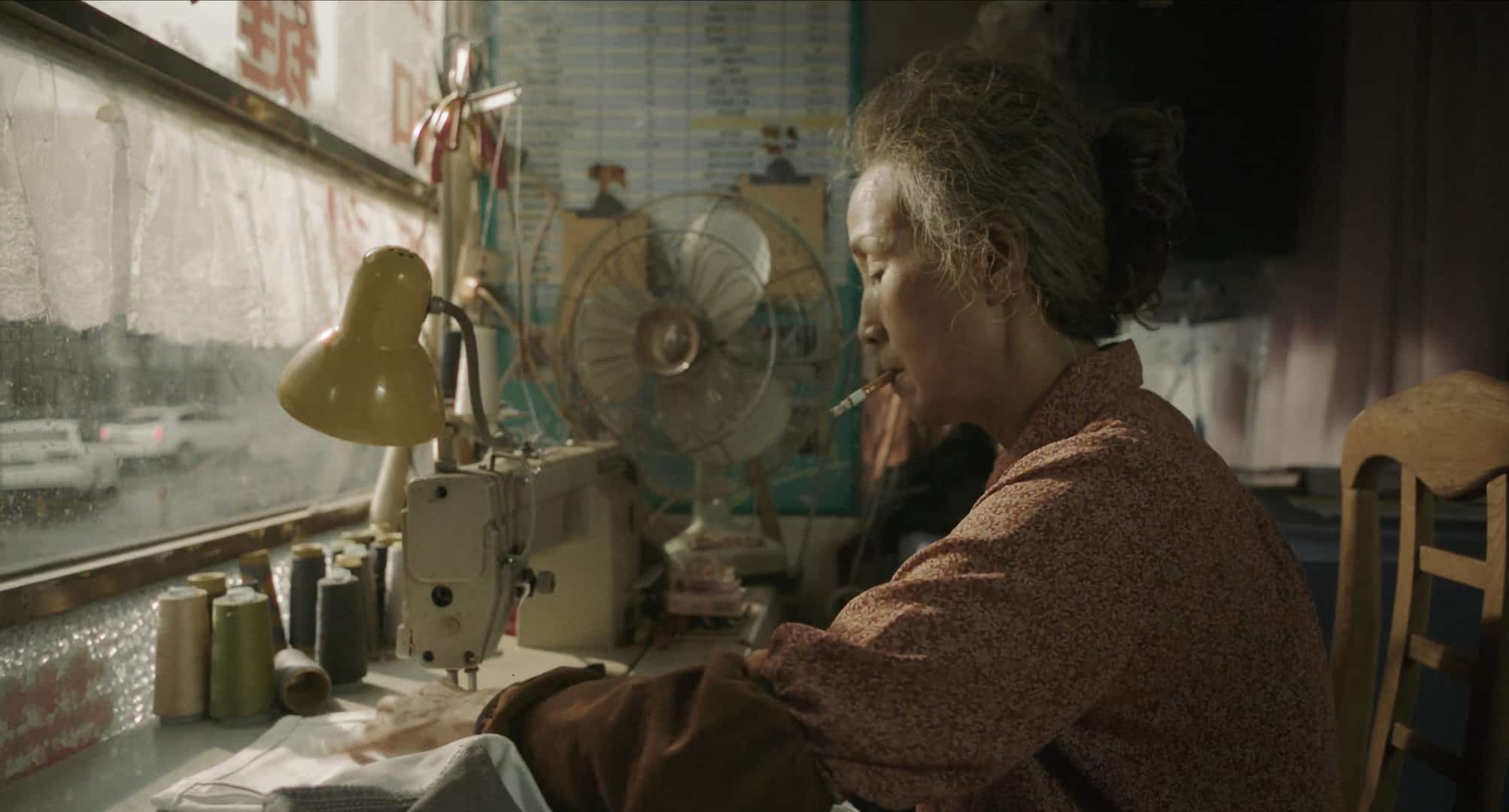
Yang Liu pens, directs and edits a short but powerful episode in the life of a woman who represents a vast slice of China's population, affected by the struggle over the demolition and redevelopment going on across the whole country. China's urban housing “chaiqian” (demolition and eviction/relocation) has become a field of great conflicts in the recent years, a controvert political issue involving power of local officials who are pushed to deliver economic growth, fairness of compensation and the idea itself of progress. (Adriana Rosati)
20. I'm Late (Sawako Kabuki, Japan)

Sawako Kabuki uses the format of “testimonies” (essentially people talking to the “camera”) to present the aforementioned concepts in a rather intelligent, sincere and also pointed fashion, all the while implementing a quite intricate animation procedure. Sketches of people that look quite realistic morph into anthropomorphic figures, which give their stead to almost surrealistic depictions of what the people talking are describing, to multiple drawings of the female body, and to various moments in the lives of people revolving around pregnancy. Sex scenes, occasionally among animals, and various almost surrealistic images are also interspersed with the intense speed of the changes matching the delivery of the “speeches”.


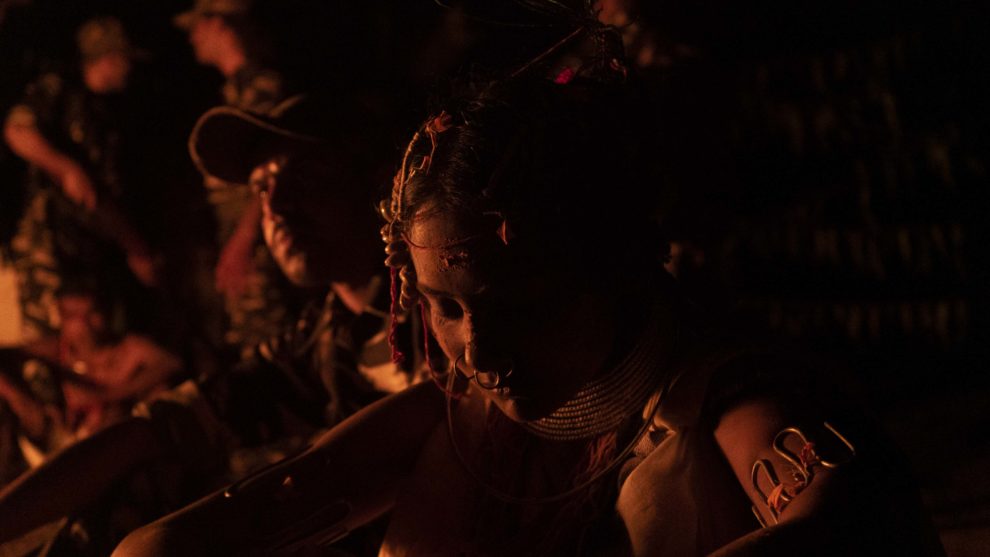




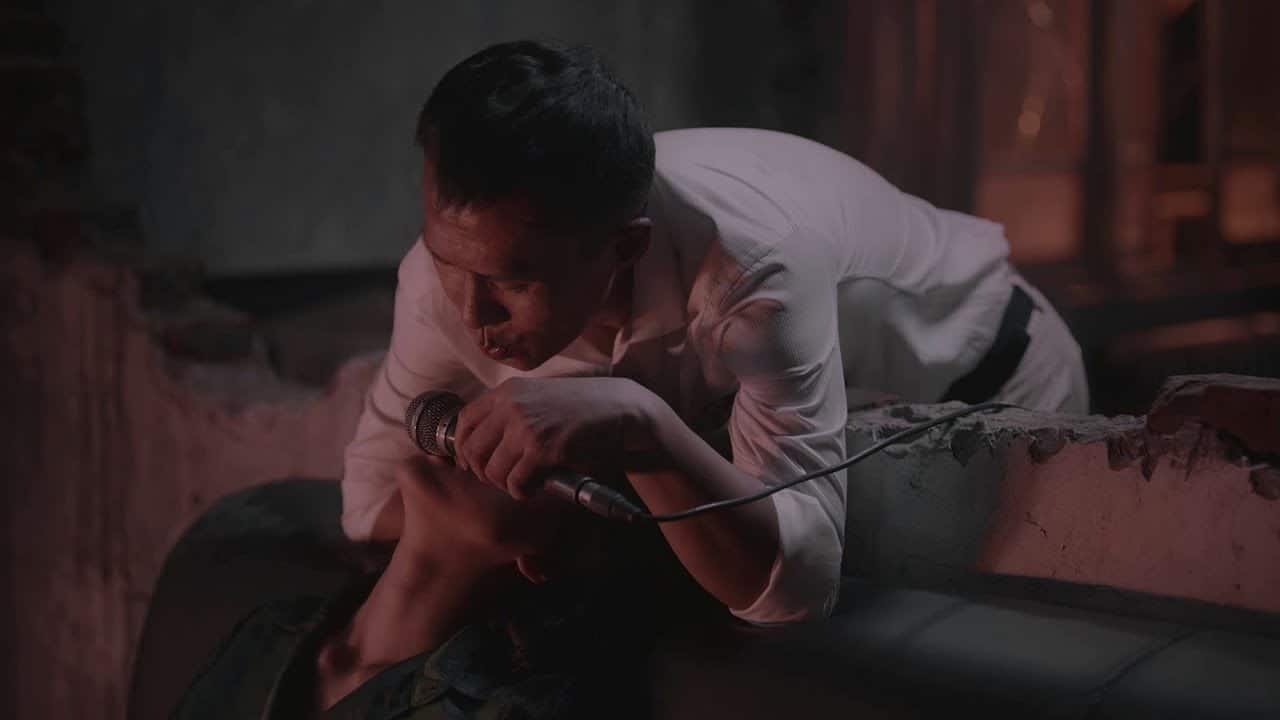
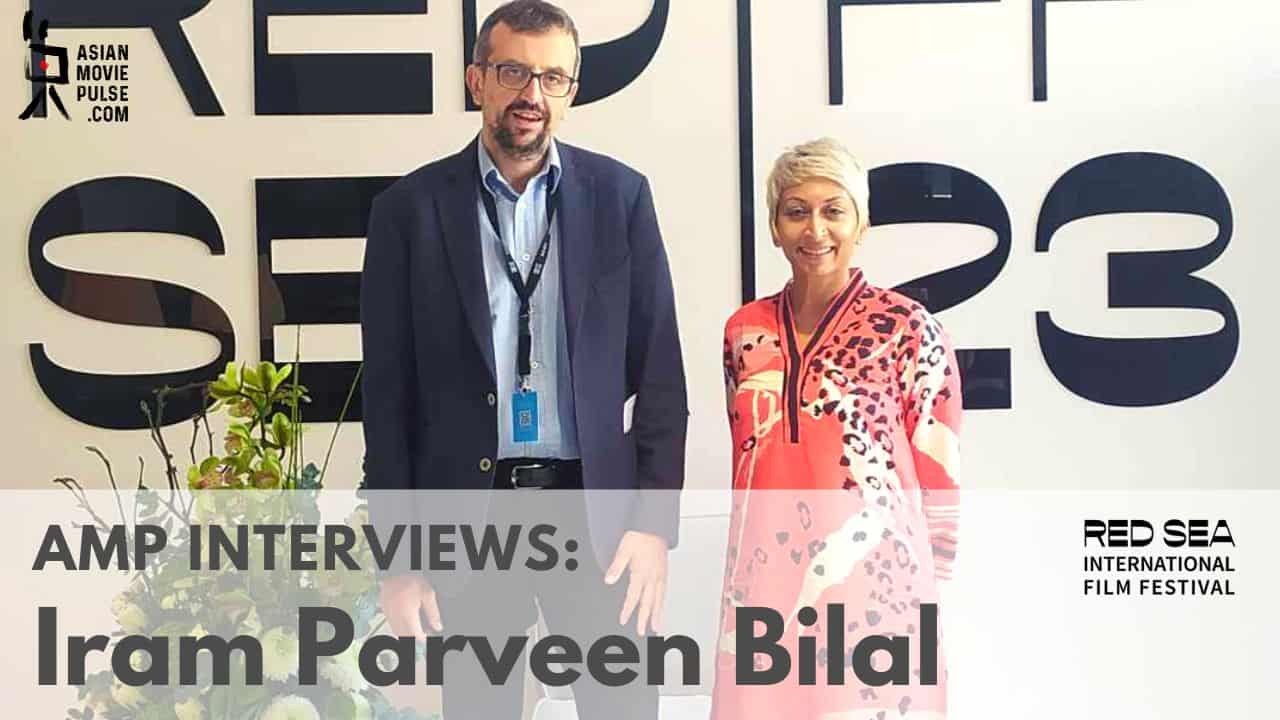



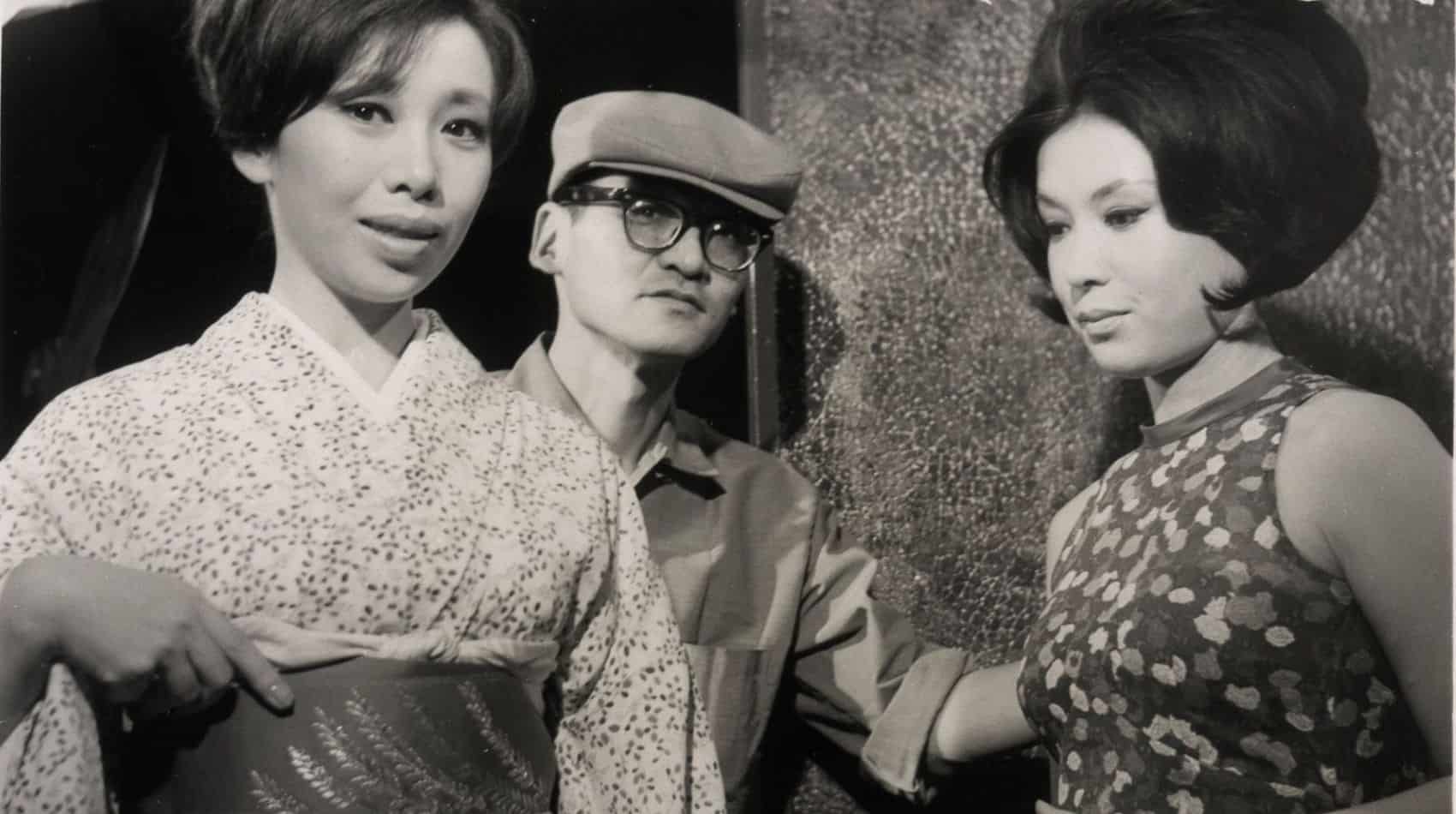







The Flight of Banog is a film from the Philippines (not from Indonesia). While your recognition of the film is quite appreciated, I am also hoping that you could make this correction.